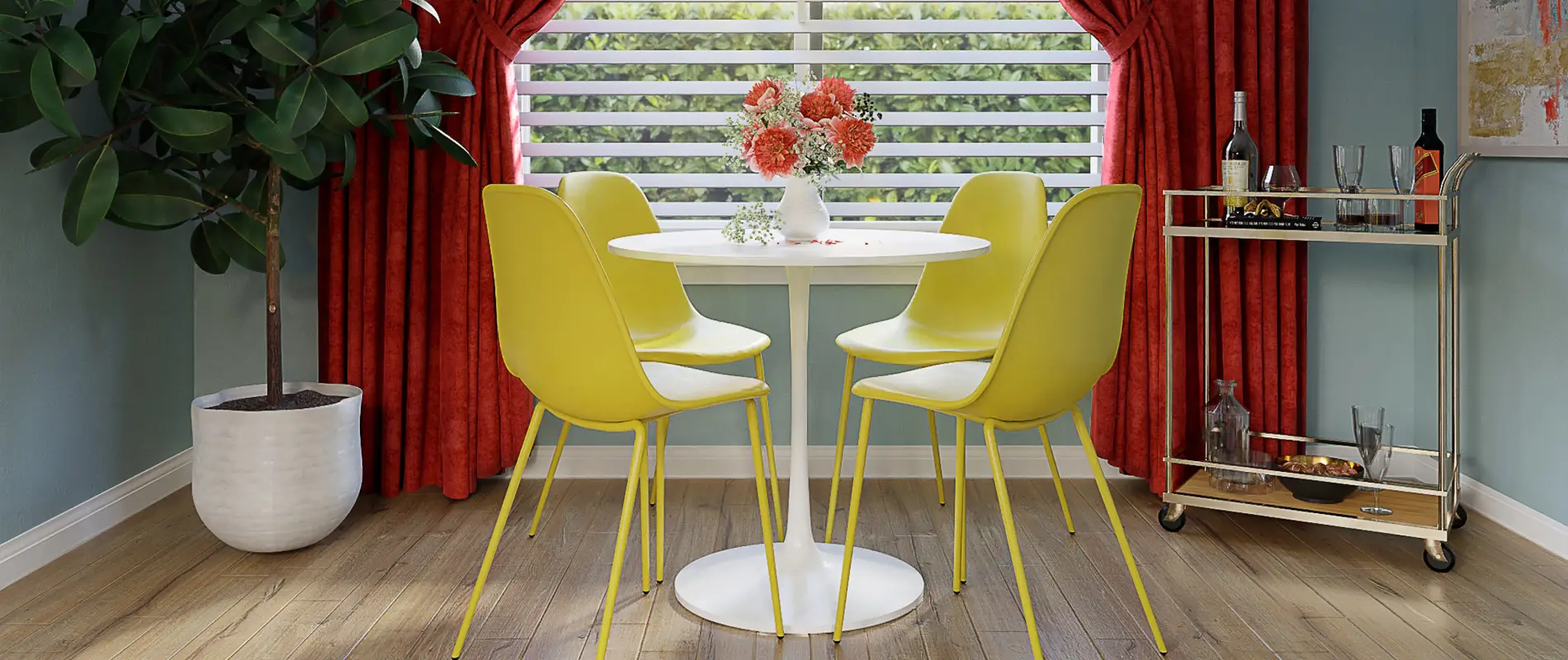Discover the power of the accordion block design
Elevate your WordPress website with our sleek and efficient Accordion Block design! This layout not only enhances aesthetics but also significantly improves user engagement. Here’s what you need to know about this dynamic design element.
Original design overview
The Accordion Block features a minimalist and modern layout built around a multi-column structure. With two rows and four columns of content, it’s designed for clarity and functionality. Each column includes a bold header that prompts user interaction and a corresponding text block for additional information.
Detailed analysis of the accordion block design
Layout analysis
- Structure: Enjoy a symmetrical layout that ensures equal spacing, creating a tidy and organized appearance.
- Interaction: The simple design encourages users to engage with the content effortlessly, making it perfect for any FAQ or inquiry section.
Element and feature description
- Visible elements:
- Header: A striking header titled “Do you have questions?” invites users to explore.
- Text Blocks: Each column contains informative text blocks, ready for customization.
- Interactive Features: With intuitive plus (+) icons, users can easily expand or collapse sections, making navigation a breeze.
- Typography: The bold, contemporary typography enhances readability, ensuring users can quickly find the information they need.
Unique design aspects
- Standout Choices: The design’s striking black background enhances text visibility, creating a compelling focal point.
- Hover Effects: Anticipate engaging hover animations that further encourage interactions.
- Responsive Design: This layout is optimized for both mobile and desktop, providing an excellent user experience on any device.
- Accessibility Considerations: With its clear text and contrasting colors, this design promotes accessibility while allowing for further enhancements for screen reader users.
Overall design style
- Design Style: The minimalist and modern approach of this accordion block prioritizes function over excess ornamentation.
- Visual Hierarchy: Clear distinctions between headers and body text guide the user’s attention, ensuring a smooth browsing experience.
- Use of White Space: Ample white space around elements creates a balanced and navigable space, enhancing content exploration.
Summary
Harness the potential of the accordion block design for a streamlined and engaging user experience on your WordPress website design. Its modern, minimalist layout, combined with thoughtfully designed interactive features, makes it the perfect addition for FAQs or any section that encourages user inquiries. Don’t miss out on this fantastic opportunity to enhance your site’s functionality and aesthetic appeal!
Use cases for the accordion
1. FAQs section
Using an accordion in your FAQ section is an excellent way to keep it tidy and easy to navigate. Users can find answers to their questions quickly by simply expanding the relevant accordion section. It reduces page clutter and enhances user experience, making it easier for visitors to engage with your content.
2. Product descriptions
Accordions work wonders for product pages, allowing you to organise information like sizes, colors, specs, and more. By keeping detailed information collapsed until needed, you provide a clean and accessible browsing experience for potential buyers, enabling them to focus on what’s most important.
3. Course outlines
Educational websites can benefit from accordion designs to present course outlines succinctly. Learners can click to reveal details about specific modules, while the accordion layout maintains an organised presentation. This makes it easy for students to digest the structure and focus on what matters most to them.
4. Portfolio showcases
Artists and designers can leverage accordion designs to display their portfolios. Each section can host separate projects with expand/collapse features, presenting a comprehensive view without overwhelming visitors. This approach maintains visual appeal and highlights creativity in a structured manner.
5. Event schedules
For events with complex schedules, accordion layouts can simplify the display of different activities, times, and details. By allowing visitors to expand only those events they’re interested in, you ensure a clear and manageable viewing experience, crucial for busy schedules.
6. Cooking recipes
An accordion is great for presenting cooking recipes. Users can open sections like Ingredients, Instructions, and Nutritional Information as they need them. This step-by-step reveal format allows cooks to focus on the method without being overwhelmed with all the text at once.
7. News articles
News websites can use accordions to list articles in a compact format. Readers can bookmark a headline and expand it to reveal the full story, keeping the main page neat. This way, high volumes of content become more digestible and less cluttered.
8. Digital product manuals
Technology websites can present digital manuals using accordion layouts. Users simply select which section of the manual they need, keeping them from being bogged down by other unrelated sections. This design can significantly enhance user troubleshooting experiences.
9. Travel itineraries
Travel sites can use accordions to display itineraries for their packages. Prospective travellers can see a broad overview, then click to expand detailed daily activities, accommodations, and travel tips. It provides a comprehensive yet compact method of showcasing trip information.
10. Employee directories
Businesses can organise employee directories with accordion features. When users select a department, they can reveal employee information within that area, streamlining access and avoiding a long, exhaustive list. This method adds efficiency to internal or external corporate communications.
Ways to use the accordion
1. Collapsible sections for FAQs
Accordions are commonly utilized in collapsible sections on FAQ pages, making it easy for users to navigate through different questions and answers without overwhelming them with information. You can use this feature for any section needing a compact format.
2. Interactive accordion for navigation
An interactive accordion interface helps implement an expandable content web design effectively. By organizing navigation links in accordion form, users can reveal subsequent subcategories or pages, simplifying site navigation and enhancing exploration.
3. Content-heavy blog posts
For blogs with detailed sections, accordions neatly segment the content, allowing readers to unfold text that interests them. This approach guides deeper engagement without confronting visitors with large bodies of text at once, improving readability and user comfort.
4. Showcasing portfolio sections
Visually sleek and interactive, accordions in portfolio showcases offer a modern platform for highlighting project details. Users can click on specific pieces to reveal more information, maintaining a polished presentation and making it easier to navigate creative work.
5. Mobile-friendly content presentation
Accordions are particularly useful for mobile-friendly accordion designs, ensuring efficient use of space on smaller screens. By providing expandable sections, users have control over what content they interact with, contributing to a seamless mobile experience.
Understanding accordion usage
The use of accordions comes with its pros and cons, impacting WordPress website builders and beyond. Below, various questions surrounding their implementation are addressed to enhance comprehension of their role in modern web design.
What is an accordion in a website?
An accordion in a website is a UI component that allows users to expand and collapse content by toggling panels. It’s widely used to manage large amounts of information in a compact, organised format. The interactive nature keeps users engaged and simplifies complex page layouts.
What is an example of an accordion?
FAQs pages are classic examples of accordion use on websites. Each question is listed as a header, and when clicked, reveals the answer below it. This design aids navigability and maintains cleanliness in content-heavy sections by reducing visible clutter at first glance.
What is the advantage of an accordion on a website?
The primary advantage of using an accordion is improved user experience through simplified content organisation. By managing space effectively, accordions offer an uncluttered view of the page, allowing users to focus only on the information relevant to them, thereby enhancing interaction.
Are accordions good web design?
Yes, when implemented properly, accordions represent good web design practices. They make content more manageable and improve user experience by providing easy navigation. However, they should be used judiciously and complementarily, focusing on enhancing-not hiding-important content.
Are accordions OK for SEO?
Accordions are generally acceptable for SEO, as search engines like Google can read content within them. As long as all the accordion’s content loads at the same time and relevant keywords are used wisely, accordion sections should not impact page rankings negatively.
When not to use accordions?
Avoid using accordions for content that needs to stand out at first glance or is part of critical pathways, like calls to action or key selling propositions. Important information could be overlooked if collapsed, reducing the effectiveness of your communication strategy.
Does Google read accordion content?
Yes, Google can read and index accordion content as long as the information loads on initial page load. It is vital to ensure that all crucial SEO elements are included and viewable to benefit fully from indexed accordion sections.
Why is accordion not popular?
The accordion design isn’t universally popular due to potential usability challenges, mainly when used excessively or inappropriately. There can be concerns about users missing important information or not interacting fully with collapsed content sections.
Are accordions bad in UX?
While not inherently bad for UX, excessive or improper use of accordions could lead to a frustrating user experience. Ensuring accessibility and that content is not hidden or difficult to find or click improves usability, making them effective UX tools.
Are website accordions accessible?
When implemented with best practices, accordions can be accessible. Using proper HTML structure, focus management, and keyboard navigability ensures users with disabilities can interact with accordion sections, contributing to an inclusive web design strategy.
Will UX design become obsolete?
UX design is ever-evolving and unlikely to become obsolete. Instead, it continuously adapts with technological advances and user behavior shifts, remaining essential for providing satisfying digital experiences. UX principles become more sophisticated rather than disappearing.
What to use instead of accordions?
If accordions are not suitable, consider alternatives like tabs, individual expandable sections, or clear subheadings with collapse and-expand scripts. Use these adjustments to balance aesthetics, usability, and content accessibility-all depending on project-specific needs.
When to use accordion UI?
Accordion UI is ideal when organising long text blocks or presenting hierarchical data, such as FAQs, product details, or educational content. Its effectiveness lies in maintaining clarity and navigation fluidity, making complex content digestible for users.
What is the alternative to accordion in HTML?
Alternatives to accordions in HTML include techniques like tabs, carousels, or toggle menus. These can provide similar functionality in presenting organised information dynamically, depending on the content amount and desired user interactions.
What is the difference between carousel and accordion?
A carousel is used for showcasing multiple pieces of content in a sliderview format, often rotating automatically. In contrast, an accordion displays content within sections that users manually expand or collapse, focusing more on interactivity than presentation.
Explore additional features like free WordPress themes to complement your accordion design and make your site engaging and easy to navigate!



